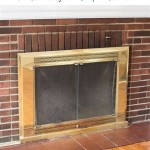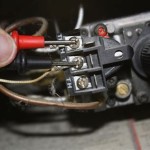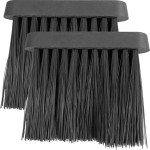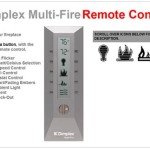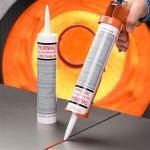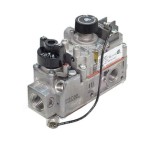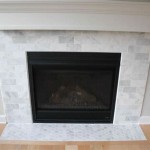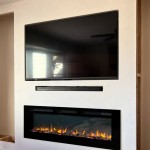Fireplaces: Efficient Heating with a Fireplace Blower Installation
A fireplace is a delightful addition to any home, providing warmth and ambiance during the colder months. However, traditional fireplaces often lack efficiency, with much of the heat escaping up the chimney. To maximize the heat output and improve the overall efficiency of your fireplace, consider installing a fireplace blower. These devices circulate hot air throughout the room, ensuring that you enjoy the full benefit of your fireplace's warmth.
Key Benefits of Fireplace Blower Installation
Installing a fireplace blower offers several significant benefits:
- Increased Heat Distribution: Fireplace blowers effectively circulate hot air, ensuring that the warmth reaches all corners of the room.
- Improved Efficiency: By distributing heat efficiently, blowers minimize heat loss up the chimney, resulting in a more cost-effective heating solution.
- Enhanced Comfort: With a fireplace blower, you will enjoy a more consistently warm and comfortable environment, eliminating cold spots and drafts.
Types of Fireplace Blowers
Fireplace blowers come in various types, with each offering unique features and advantages. Understanding the differences will help you choose the most suitable model for your fireplace:
- Electric Blowers: These blowers use electricity to power the fan and are typically the most affordable option. They are easy to install and operate, simply plugging into a standard outlet.
- Thermostatic Blowers: These blowers feature a thermostat that automatically adjusts the fan speed based on the room temperature. This helps maintain a comfortable temperature while conserving energy.
- Heat-Activated Blowers: These blowers are designed to turn on automatically when the fireplace is in use. They are highly efficient, only operating when necessary.
- High-Velocity Blowers: These blowers provide powerful airflow, ideal for larger rooms or multiple-story homes. They are capable of distributing heat effectively over longer distances.
Fireplace Blower Installation: A DIY Project?
While some fireplace blower models are designed for easy DIY installation, others require professional expertise. Factors to consider include the complexity of the model, the design of your fireplace, and your own level of comfort with electrical wiring.
It is always advisable to consult with a qualified professional, especially if you are unsure about the installation process. They can assess your fireplace and recommend the most suitable blower model. Additionally, professional installation ensures proper wiring, safety, and optimal performance.
Choosing the Right Fireplace Blower
Selecting the right fireplace blower involves considering the following factors:
- Fireplace Size and Type: Ensure that the blower is compatible with your fireplace's size and design.
- Room Size: Choose a blower with sufficient power to effectively heat the entire room.
- Heat Output: Consider the blower's heat output and select a model that meets your desired heating capacity.
- Noise Level: Some blowers can be noisy, so opt for a model with a quiet operation if noise is a concern.
- Budget: Fireplace blowers come in a wide price range. Set a budget and choose a model that fits your financial constraints.
Installing a fireplace blower can significantly improve the efficiency and effectiveness of your fireplace, making it a more enjoyable and valuable feature of your home. By understanding the different types of blowers and considering the factors outlined above, you can choose the best model for your needs and enhance your fireplace's heating capabilities.

Fbk 250 Fireplace Blower Kit Installation

Installing A Fireplace Blower Gfk4 Gfk4a In Heatilator Natural Gas

Noisy Gas Fireplace Blower Here S How To Replace It Diy

Fk24 Fireplace Blower Kit Installation

How Is A Fireplace Blower Kit Wired Fireplaceblowers Com

Fireplace Efficiency Blowers And Why You Should Have One

How Is A Fireplace Blower Kit Wired Fireplaceblowers Com

Adding The Blower To Jotul Gas Fireplace Project Small House

How To Choose And Install A Gas Fireplace Blower Kit

How To Replace Your Rsf Fireplace Blower Fan
Related Posts

